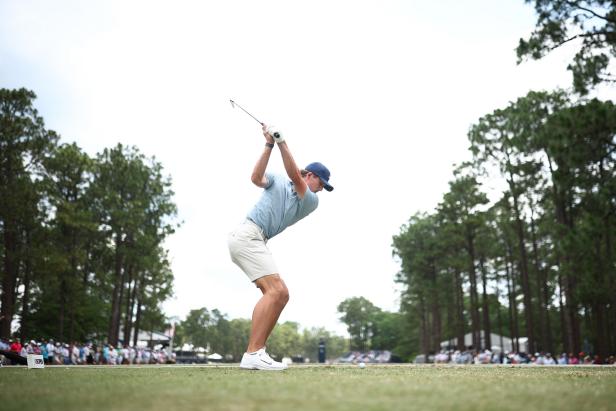Golf
Elite players are elite athletes. Here’s how they get that way.

When I started coaching on the PGA Tour 15 years ago, players who were dedicated to physical training were in the definite minority. Now, there’s no way you can survive long-term on tour—or expect to emerge as a young player—unless you have a plan for fitness securely in place.
The culture of the PGA Tour—from the popularity of certain equipment to styles of swinging and instruction to the commitment of players to physical training—ultimately filters down through every competitive level. So a young player like Gordon Sargent (above) is already getting his body ready as much as he’s preparing his game for when he turns professional. It’s not like that’s something he’s going to build into during the first few years of his pro career.
For the last decade, every junior player coming into my academy in Birmingham has gotten regular physical assesments. Athletic development is a huge part of rounding somebody into a complete player and a complete person. Those assessments help a swing coach and a trainer work together to make sure a player’s body can support what a particular golf swing requires. Players play better faster, and they’re able to practice and compete with less chance of injury. With a stronger foundation of athleticism and fitness, a player who does get injured can recover more quickly and with less chance of compromise.
In recent years, the effectiveness of working with a player’s swing and body has been aided by the ability to measure, target and adjust in very specific ways. The fitness pioneers had to use trial and error to adapt athletic training to golf and, in Ben Hogan’s words, “dig it out of the dirt.” It was really a kind of brute force attack on fitness, if you will. Now, we can be much more precise about how players practice and train.
What does that look like for a tour player? Everyone has a particular functional movement pattern. The way you’re built determines things like how deep your arms can get behind you in the backswing. You can train a player’s swing to be sympathetic to their natural pattern, and you can train the body to manage or improve in an area where there might be a deficit. That’s why I spend a lot of time with a player’s trainer and the rest of his medical team, because they’re the ones who know what a player can and can’t do. It’s an orchestra of people helping the player produce the most speed and reliability he can and reduce the risk of injury.
Every tour player has a series of baseline stretches he uses to make sure his body is ready to play. So by the time he’s at the range, the engine is already warm. One of the best stretches any player can use to see immediate results is getting more range of motion from the big muscles in the lower body. Pull one knee up toward your lower torso and feel the stretch in your hamstrings and glutes as you balance on the other leg, then switch sides. Just getting those muscles stretching and firing will make you much more functional when you practice and play.


)






